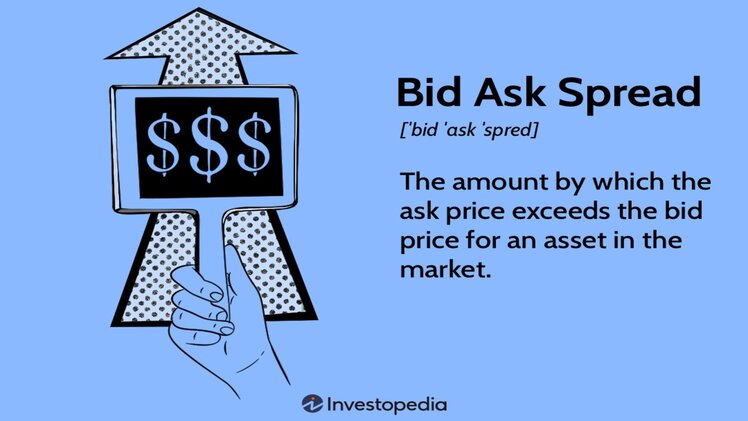The bid-ask spread plays a critical role in the execution of trades in the crypto and FX markets. It refers to the difference between the market’s bid and the asking price. These values are dictated by the market maker, an entity facilitating securities’ purchase and sale, and the price taker, the trader engaging in these transactions. The spread can also indicate a change in supply and demand, with the bid price symbolising demand and the ask price reflecting supply.
Strategies for Leveraging Bid-Ask Spread
The size of the Bid-Ask spread can be a gauge of an asset’s demand. A narrow spread suggests high demand, whereas a wider spread may hint at lower demand. To utilise this effectively, traders can employ limit orders, setting a specific price limit for transactions instead of market orders.
Limit orders enhance market liquidity and help avoid fees commonly charged by Electronic Communication Networks (ECNs) for utilising market liquidity. Traders must also consider spread percentages and compare prices to optimise their investment outcomes.
Calculating Bid-Ask Spread and Profiting from It
Calculating the Bid-Ask spread involves understanding the market dynamics of demand and supply. A higher number of buyers can inflate an asset’s price, while a higher number of sellers can cause the price to drop. Market makers can profit from the Bid-Ask spread through arbitrage, buying at the lower bid price and selling at the higher ask price. High-demand assets typically have smaller spreads due to the competition among market makers.
Conclusion
In options trading, the distance of strike prices from the stock price can affect the width of bid-ask spreads. Careful analysis of this relationship is crucial to make well-informed investment decisions.

